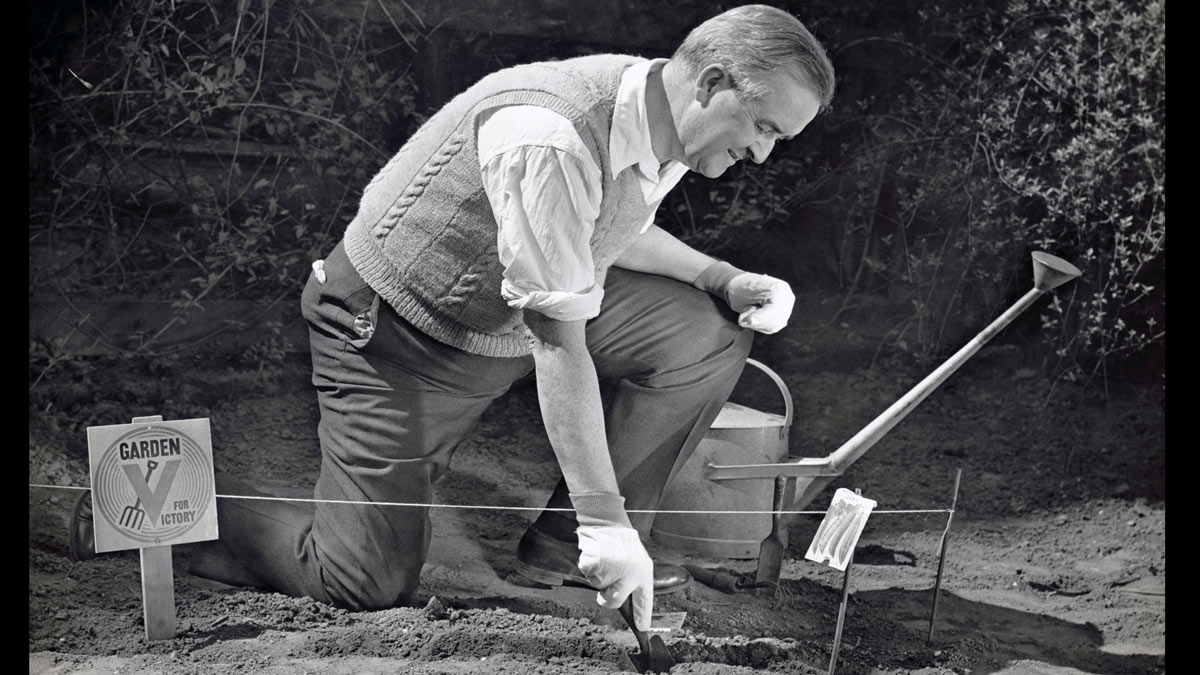Retail interest in gold/silver bars and coins has soared to near record highs in 2023
Bars and coins are the most direct way to own precious metals, but they come with downsides: Sprott
Other ways to get exposure include bullion-backed ETFs and closed-end funds
Gold, the ultimate store of value for thousands of years, generally thrives during periods of economic and geopolitical uncertainty.
Retail interest in gold/silver bars and coins has soared to near record highs in 2023 as a string of bank failures, soaring inflation, recession, and war have punters cultivating their inner prepper.
Meet OpenAI CEO Sam Altman, who learned to code at 8 and is a doomsday prepper with a stash of gold, guns, and gas masks https://t.co/3SnT7j5i71
— Insider Tech Business (@insidertechbiz) February 1, 2023
In October, it was reported that bars and coins sold at US big box discount giant Costco were selling out within hours.
COSTCO catering for all your Gold Bar needs pic.twitter.com/eCHjKBj3Vz
— Jimbo (@dajokesloyal) October 3, 2022
Jonathan Rose, CEO of Genesis Gold Group recently told CNN that plenty of customers have buried the gold he’s sold them in the ground.
Other will stash it in a gun safe or floor safe; one even stored it in an empty paint can in their garage.
Sprott says bars and coins are the most direct way to own precious metals.
“Government minted bars and coins like the American Gold Eagle or Canadian Maple Leaf have an assurance of purity and can be purchased through authorized dealers,” it says.
The “authorized dealers” part is important. It is quite easy to purchase precious metals, says Australia’s own Perth Mint, but a key message to buyers is this: do your research, and only buy from trusted distributors.
(Dudes selling gold on Facebook Marketplace, for example, are not trusted distributors.)
A physical precious metals stash also comes with downside, Sprott says.
“When holding bullion directly, investors are responsible for its storage, insurance, and ongoing costs,” it says.
“Bullion dealers charge a markup to your purchase price of coins and bars and buy them back at a discount.”
Bars and coins can also be comparatively harder to trade, exchange or redeem and, in the US at least, they are taxed as a collectible at 28% if held more than one year.
Not comfortable with empty paint tins?
There are other ways to grow your gold stash, Sprott says.
Precious metals exchange traded funds (ETF) are a popular way to gain exposure to metals without the inconvenience of storing and insuring the physical bullion.
Returns from bullion ETFs, like the VanEck Gold Bullion ETF (ASX:NUGG), mirror movements in the spot price of gold.
NUGG is up ~14% in 2023, against a 14.8% uplift in the Aussie gold price, and an abysmal +1.4% effort from the S&P/ASX 200.
These bullion-backed ETFs are liquid and convenient (easy to buy and sell) and unlike the physical stuff, investors can purchase in small dollar amounts to build up a position over time.
However, they cannot be converted into metal, unlike closed-end funds with physical redemption features, like the Sprott Physical Bullion Trust.
“They have the liquidity, convenience and cost efficiency of exchange-traded funds along with a number of compelling advantages which include the ability to redeem for physical metal, the potential for more favourable tax treatment for U.S. investors, and lower counterparty risk by not storing the metals with a non-corporate U.S. bullion bank,” Sprott says.
Even with the ups and down of the gold market, a US$10,000 investment in the Sprott vehicle at inception (February 2010) is now worth over US$16,000 – a 60% gain.
Growth of $10,000 since inception Source: Sprott
A nice little hedge against the benchmark ASX 200, which has gained 52% over the same period.
The post What’s the best way to hoard gold during a crisis? appeared first on Stockhead.























+ There are no comments
Add yours